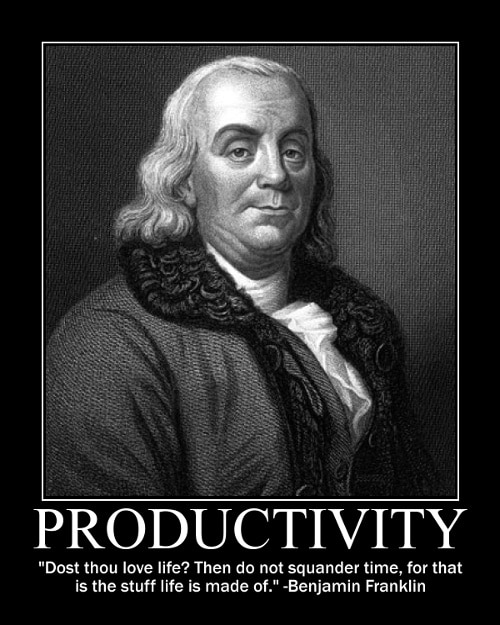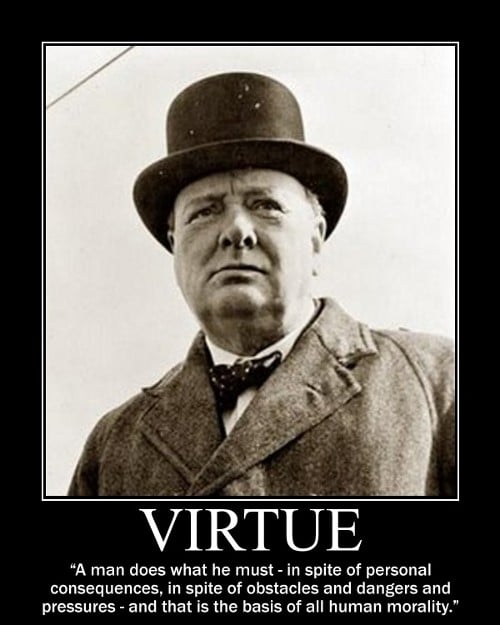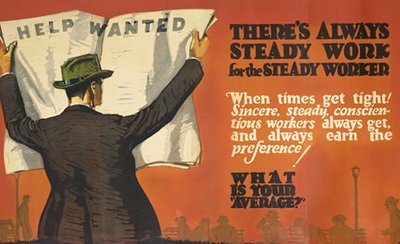
Today’s business motivational posters — symbolized most prominently by “Successories” — are the butt of many a joke. But back in your grandpa’s day, they were an art form. Not only that, but motivational posters from the first few decades of the 20th century provide a window into America’s changing idea of manhood.
During the late 19th and early 20th centuries, rapid industrialization in the West transformed all aspects of life, including our concept of manliness. As we discussed in our series on the Archetypes of American Manliness, for most of America’s early history, manhood was rooted in community and family ties, land ownership, and producerism. But as factories and industrial farming put small artisans and independent farmers out of business, men began leaving the family farm and shop in search for work in the burgeoning urban centers of America. Instead of the Genteel Patriarch or Heroic Artisan archetype defining manhood in America, a new archetype took center stage during this time of rapid change: the Self-Made Man.
The Self-Made Man archetype of manliness represented a profound change in how Americans saw manhood. This was when the “pull yourself up by your bootstraps” ideal really took root in the country. Young men who wanted to be a success could no longer hang around the family farm and wait to inherit a piece of land from their fathers or apprentice at the village tannery before opening their own shop. Opportunities were waiting in new businesses and in new places far from home. But to grasp these opportunities required a new set of skills — while their fathers had wrestled with external obstacles in struggling to tame the land, young men looked inward and sought to master themselves. “Harder” skills became less important than personal qualities like thrift, hard work, persistence, and reliability.
Men have always competed with each other for status, and the new way to the top was to climb the business ladder — to become a Titan of Industry and call your own shots.
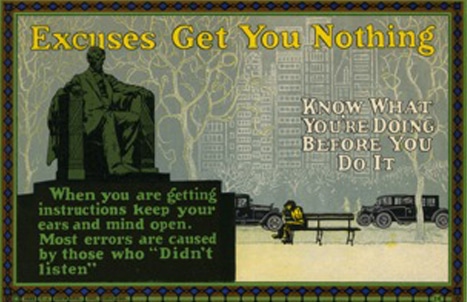
Helping men navigate this new economy and new definition of manhood were hundreds of self-help books and pamphlets that offered advice on how to be successful in life and in business. The most influential author to come out of this period was Orison Swett Marden who published 19 books with steely titles like Pushing to the Front, Architects of Fate, and The Man You Long to Be (We actually included a few excerpts from Marden’s books in our Manvotionals anthology). Marden’s works redefined manhood in terms of character traits that led to personal success, and his books are filled with essays encouraging men to develop their manhood fully, and to test that manhood by hustling their way to the top.
This brings us to these vintage motivational posters…
This new, entrepreneurial definition of manhood reached a peak in the decade before the Great Depression. It was a time of idealism and optimism, and people were bullish both about the future of the economy and people’s ability to change their behavior and develop their character. Pithy maxims were popular (for example, Henry Ford was fond of saying, “Chop your own wood and it will warm you twice”), and it was felt that constructive encouragement and motivational quotes could help folks from any walk of life improve themselves. During this time, businesses began hanging beautifully illustrated posters with the same slogans that authors like Orison Swett Marden shared with readers a decade earlier. There were even trading cards with similar “go get-em” language and inspirational quotes that were handed out to employees like baseball cards. Business owners hoped that these posters and cards would help boost productivity and morale and inculcate uneducated and immigrant workers with the virile values needed to thrive in the world of business.
Two (now defunct) printing companies — Parker-Holladay Company and Mather & Co. — were at the forefront of this burgeoning motivation business. Both companies created a line of high quality motivational materials that business owners could subscribe to (new posters and cards would arrive each month) and hang up and hand out in the workplace. The two companies hired some of the best illustrators of the day such as Willard Frederick Elmes and Hal Depuy to create these handsome motivational posters.
The Great Depression dealt a serious, if temporary, blow to the Self-Made Man archetype. With the crash in the market, and consequently in morale, the motivational craze fizzled, and the posters produced by Parker-Holladay and Mather & Co. became tattered ephemera that collected dust in antique stores and attics. Recently, however, there’s been a renewed interest in these unique pieces of 20th century history. Traveling exhibitions containing these vintage motivational posters have crisscrossed the country and auction houses are selling them for thousands of dollars.
I can understand the appeal. The vivid artwork and graphic design is top-notch, and while the copy is sometimes ham-fisted, I actually find it inspiring as a man — perhaps because I’m still a believer in the self-made ideal. The advice is pretty timeless and just as applicable today as it was then. The posters teach the sort of stuff your grandpa would tell you: simple, time-tested principles, that if lived, can lead to a life of success.
Below we curated over 70 examples from this golden age of motivational posters. Prepare to be pumped up.
Have You Met Bill Jones?
During the 1920s, the British firm Parker-Holladay created a fictional character named Bill Jones. Mr. Jones’ dispensed his friendly advice to British clerical workers through colorful lithographic posters emblazoned with his get-right-to-the-point maxims. The firm exported Bill Jones to the United States and Canada where he urged employees to develop the pluck and can-do attitude that develops success.
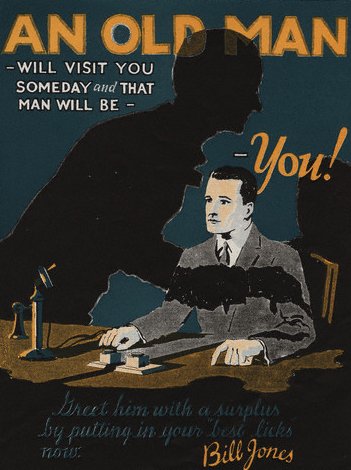
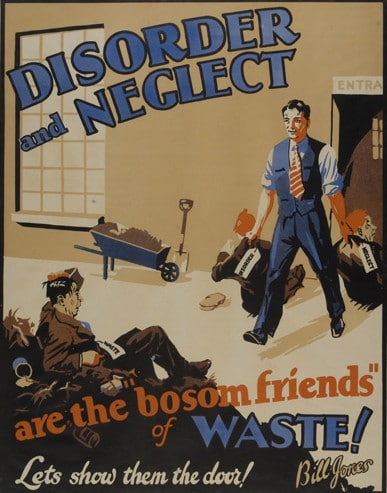
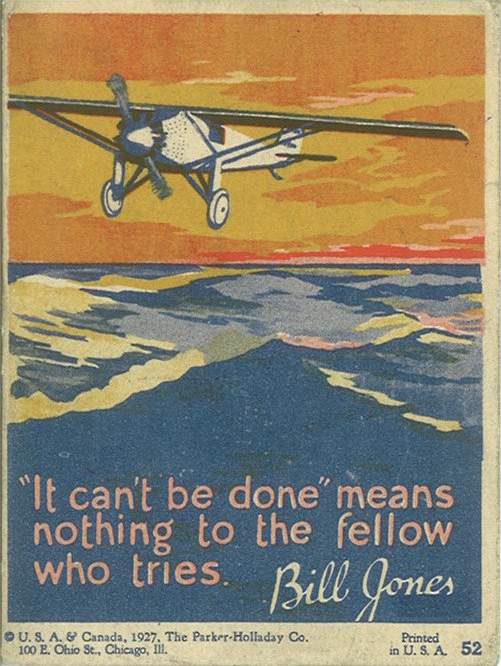

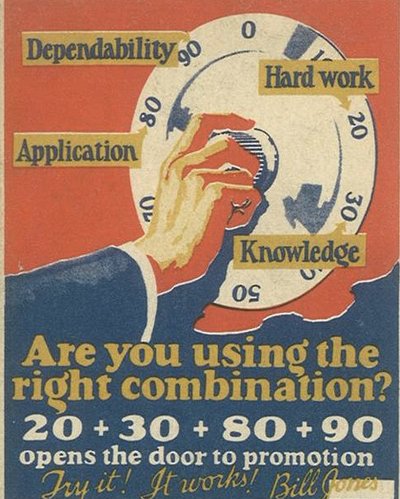
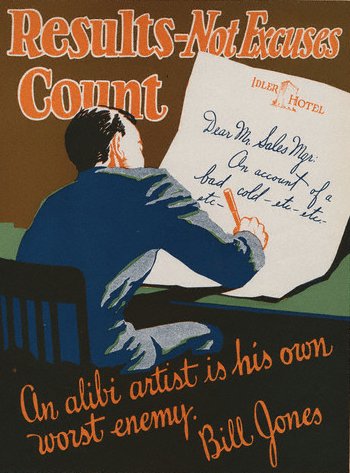
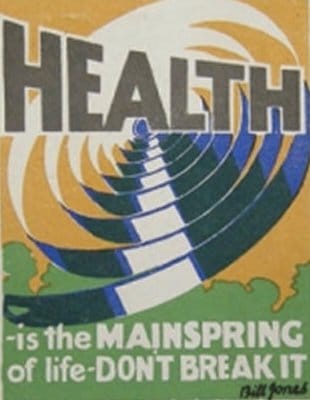
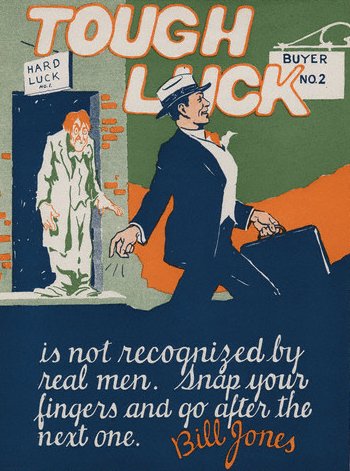
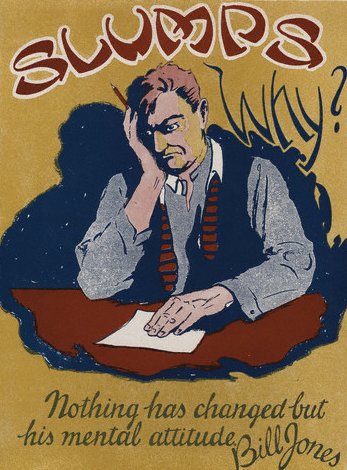
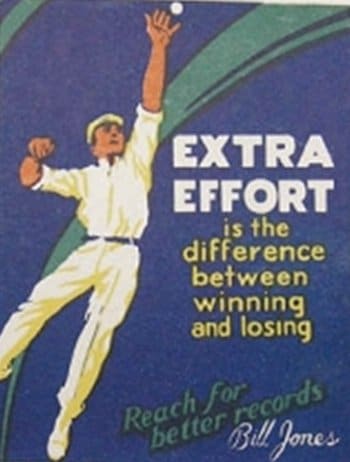


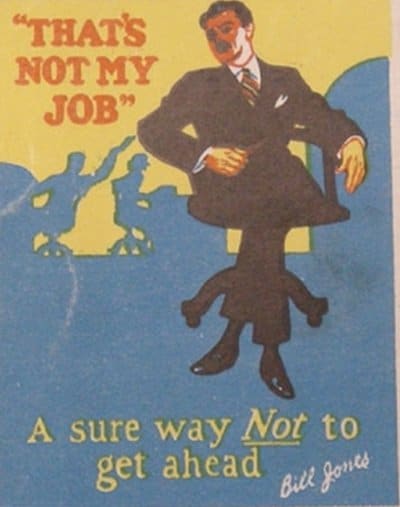
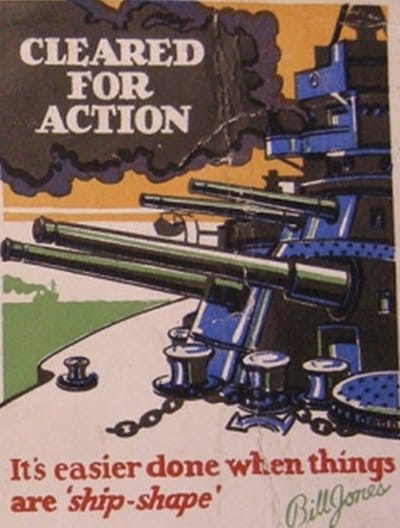
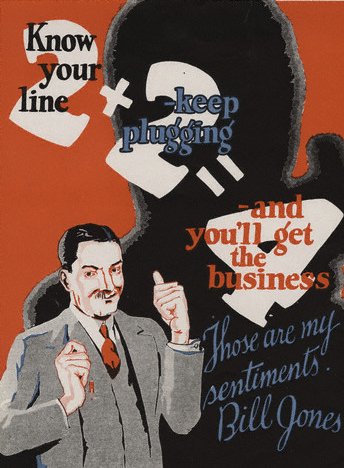
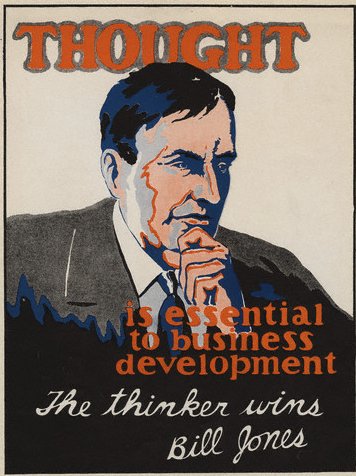
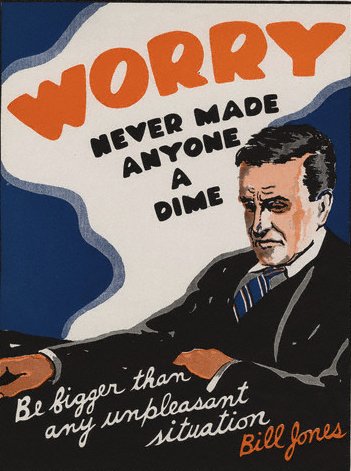
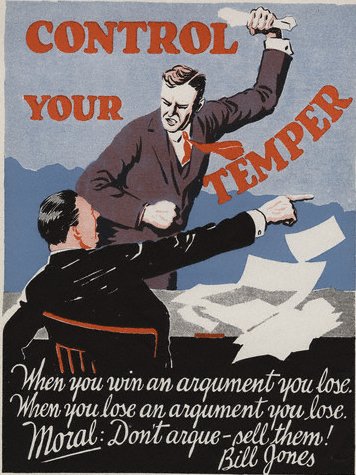
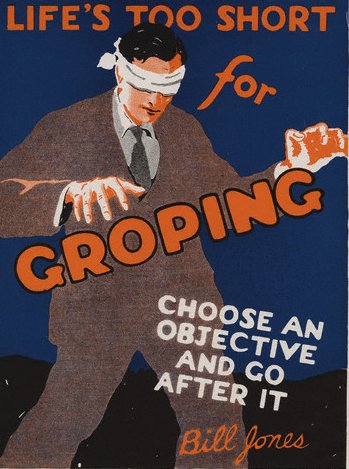
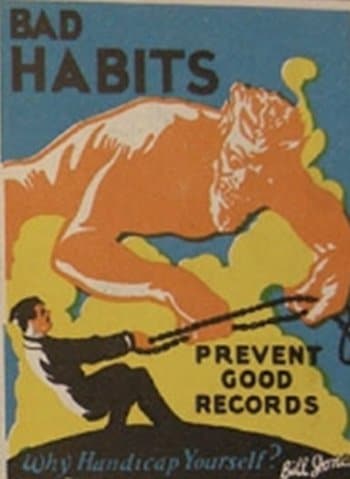
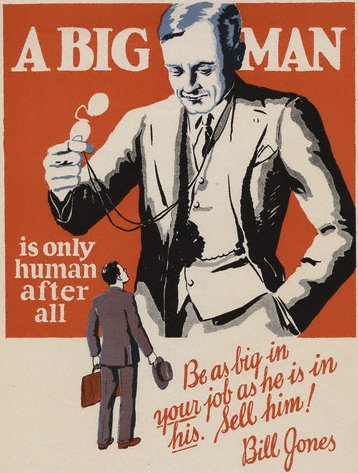
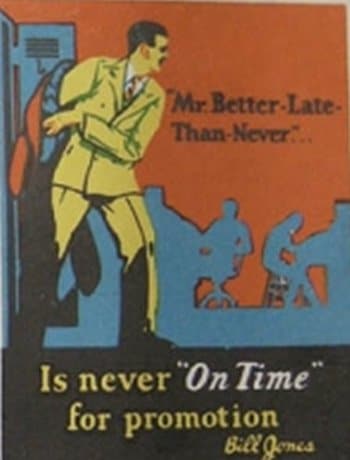


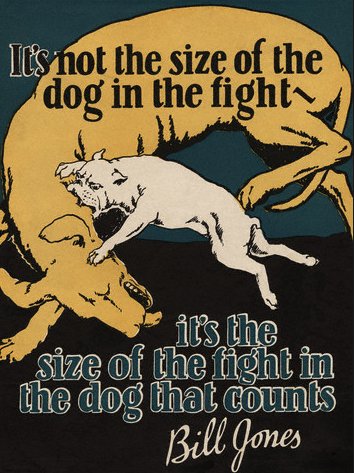
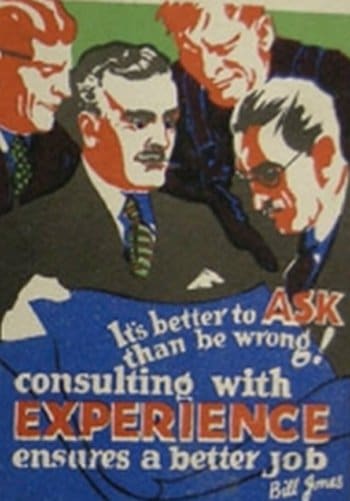

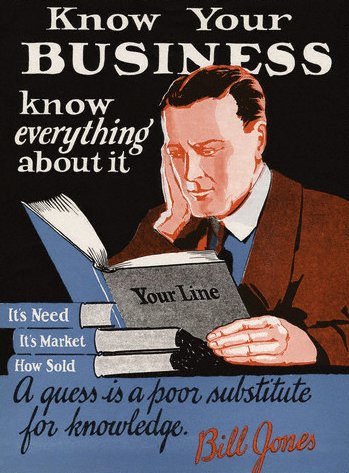
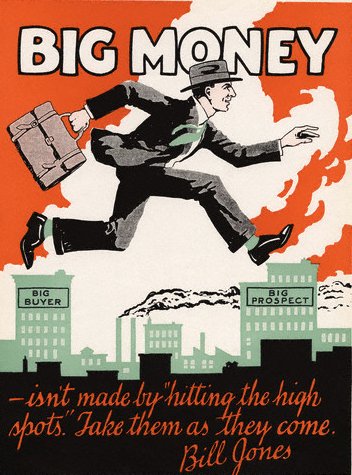
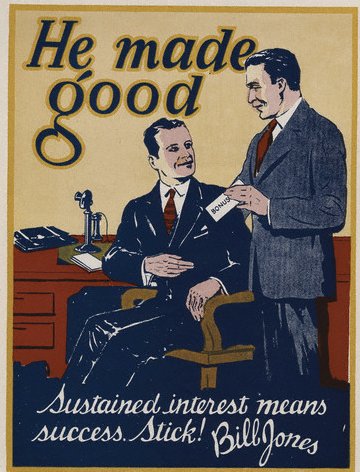
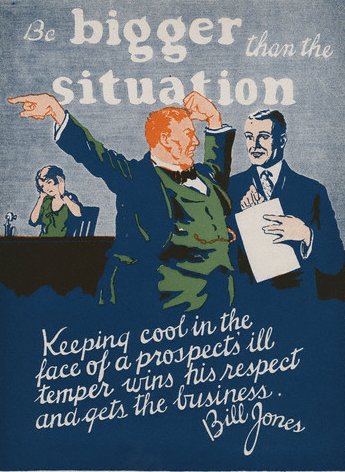
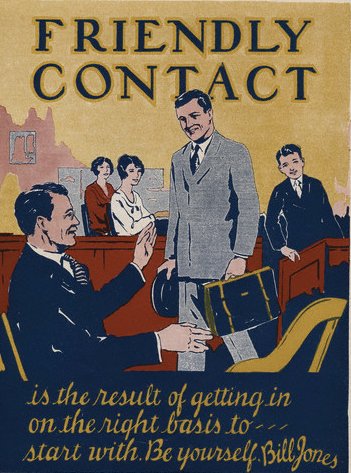
Mather & Company Work Incentive Posters
Inspired by Parker-Holladay’s success with their Bill Jones series, a Chicago entrepreneur named Seth Seiders used his printing company, Mather & Co., to produce a line of “work incentive posters.” Like the “Bill Jones” series, Mather & Co.’s work incentive posters were designed to instill virtues like punctuality, teamwork, and thrift.
Motivational posters from Mather & Co. have become a hot collector’s item today as vintage art prints, wall art, and retro home decor. Original posters are selling for more than a $1,000 a pop as collectibles!
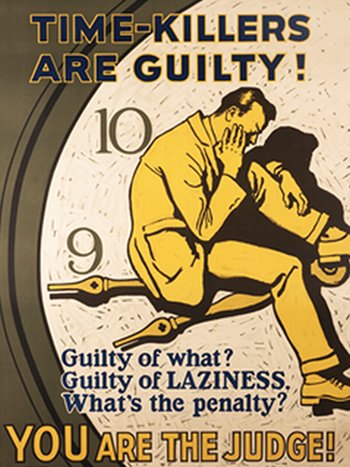

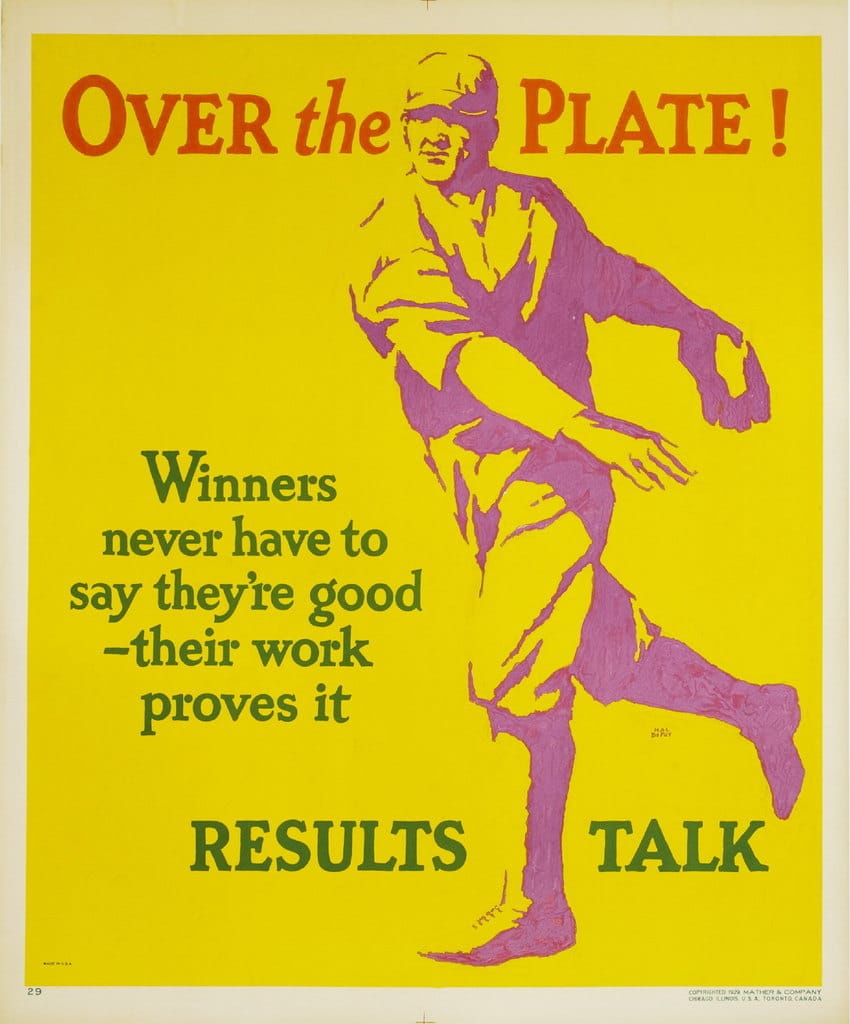
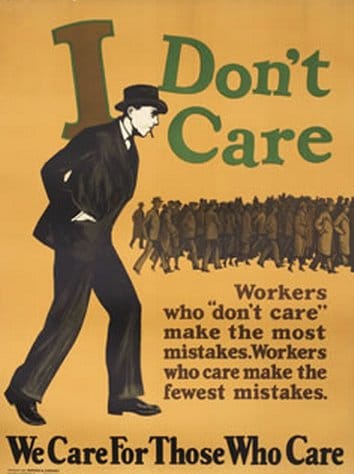
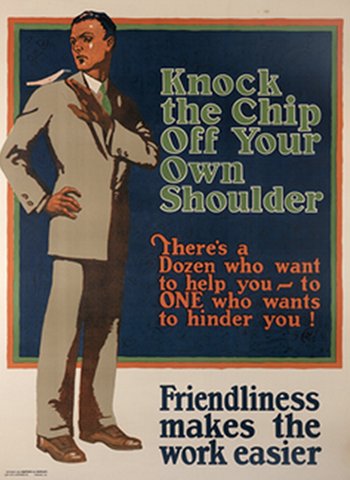
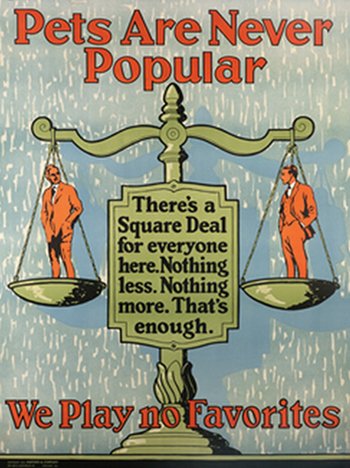
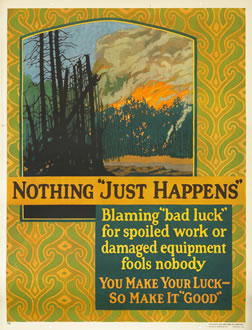
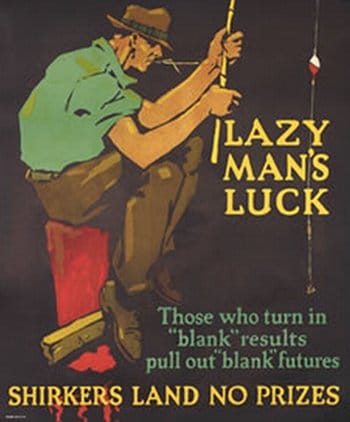
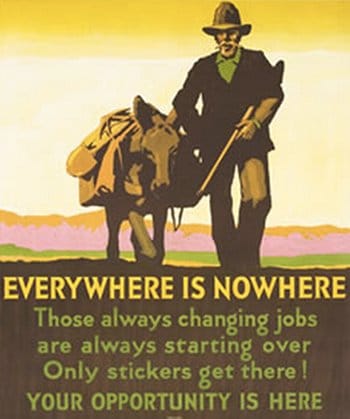
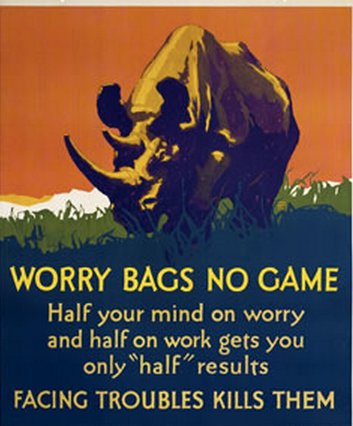
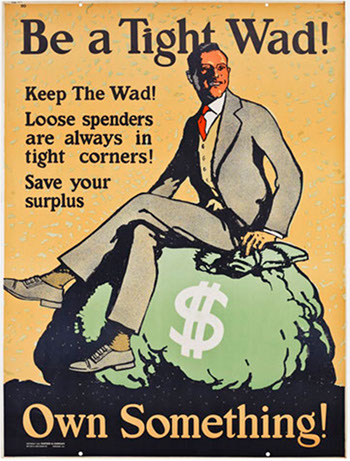

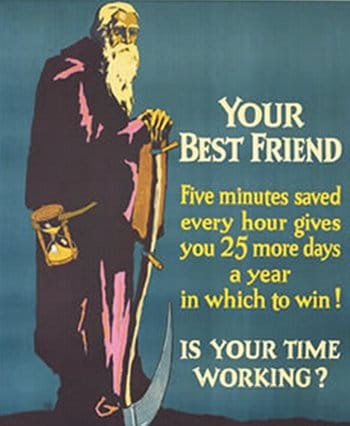
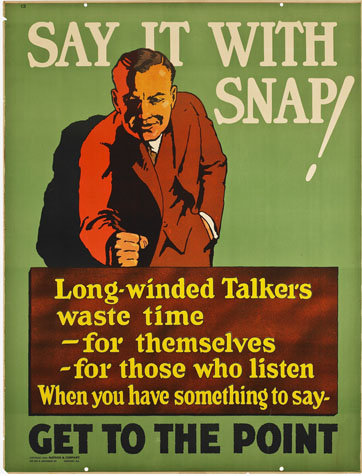
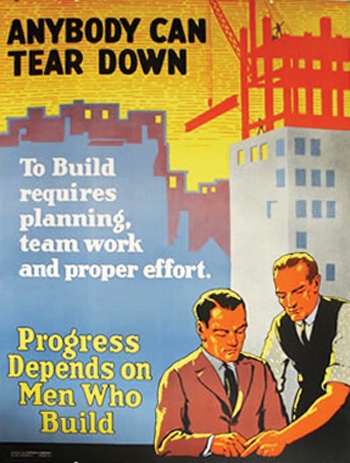
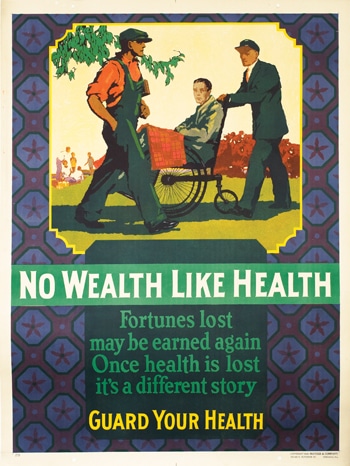
Motivational Cards from the 1920s
Recently, American art director Steven Heller published a set of motivational cards from the same time period as the Parker-Holladay and Mather & Co. materials on his blog. There isn’t much information about which company produced these, but the artwork and copy is somewhat similar to what you’ll find from Mather & Co. Lots of great items there. Teddy Roosevelt even graces one of the cards.
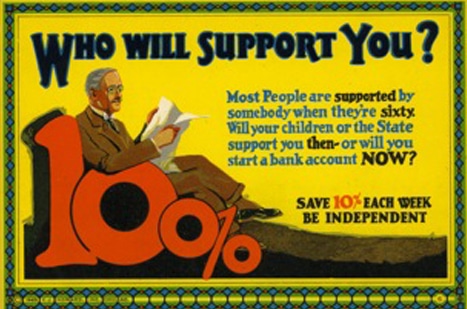
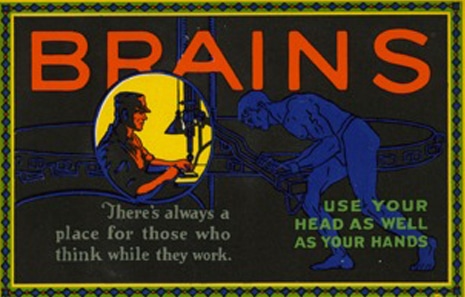
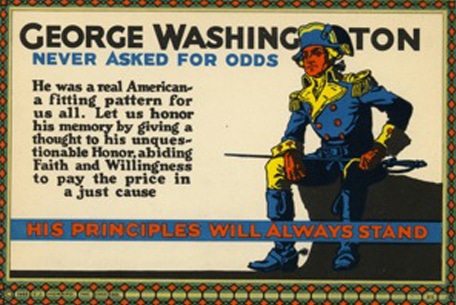

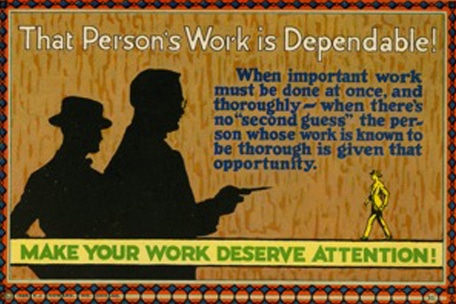
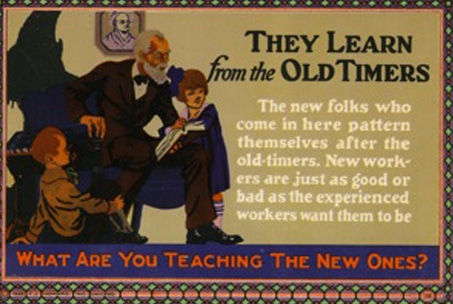
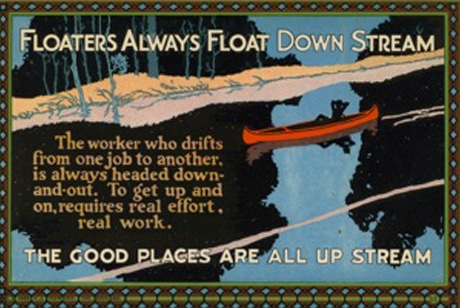
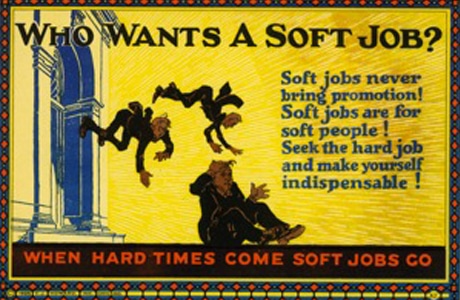
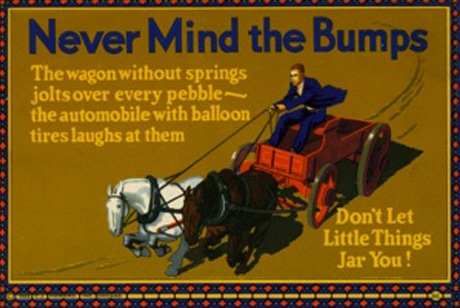
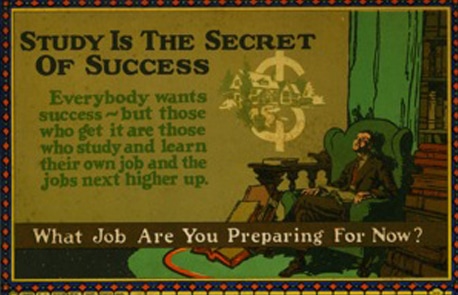
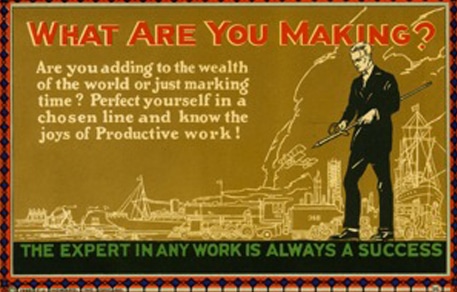

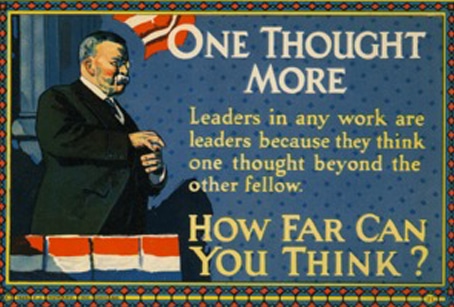
Check out all the motivational posters and art posters from AoM:
Theodore Roosevelt Edition
George S. Patton Edition
Ernest Hemingway Edition
Winston Churchill Edition (Part I)
Winston Churchill Edition (Part II)
Black History Month Edition
Bear Bryant Edition
Founding Fathers Edition
Band of Brothers Edition
Business Posters from the 1920s and 1930s


